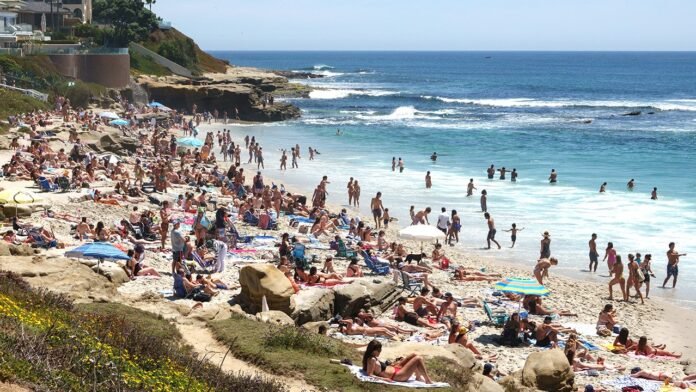The U.S. Coast Guard says it has stopped 100,000 pounds of cocaine from reaching U.S. shores during its latest round of Ocean patrols. The effort, called Operation Pacific Viper, is part of a big push to curb the flow of drug‑trading vessels that use the Eastern Pacific corridor.
Since the operation began, the Coast Guard has seized about 1,600 pounds of cocaine every day. That work has added up to 34 drug‑offloading events, with the biggest haul getting off at Port Everglades in Florida. In that single sweep, more than 76,000 pounds of cocaine and 14,400 pounds of marijuana were seized, worth an estimated $473 million in illegal drugs.
“The operation demonstrates that we can shut down foreign cartels and protect American communities,” said Homeland Security Secretary Kristi Noem. “By cutting off these drugs, the Coast Guard is keeping lives safe and keeping the promise to make America safer again.”
Behind the numbers are complex smuggling routes. Most cocaine destined for the U.S. moves from Colombia’s Pacific coast, slipping through Ecuador, Peru or Venezuela, then heading north via the Caribbean, Mexico, or increasingly the Pacific. When law‑enforcement pressure tightened on traditional routes, cartels shifted their shipping lanes westward to avoid detection.
“Cartels are not just street gangs—they run a global logistics operation,” explained Spencer Coursen, a former Army Ranger and current threat‑management specialist. “They control everything from jungle production to port shipping, and they have the money, the tech, and the firepower to keep moving goods across the sea.”
Even with major seizures, cartels still import an estimated 3,000 to 4,000 tons of cocaine each year—around 6 million pounds. That means each successful raid is only a small win against a system that can absorb losses and keep on trucking.
The Coast Guard’s patrols, including fast‑moving cutters and aircraft, continue to chase suspected smuggling vessels across the Pacific. While each interdiction is a victory for national security, experts say that stopping the drug trade will require more than raids alone.
“Interdictions are a critical tool,” Coursen said. “But the ultimate goal is to reduce demand, cut funding for cartels, and build long‑term solutions that keep communities out of harm’s way.”
The U.S. remains the world’s largest consumer of cocaine, accounting for roughly 40 percent of global demand. By keeping the flow of illegal drugs off of U.S. waters, the Coast Guard helps protect that demand from reaching local streets.
Source: Fox News
Stay informed on all the latest news, real-time breaking news updates, and follow all the important headlines in world News on Latest NewsX. Follow us on social media Facebook, Twitter(X), Gettr and subscribe our Youtube Channel.



